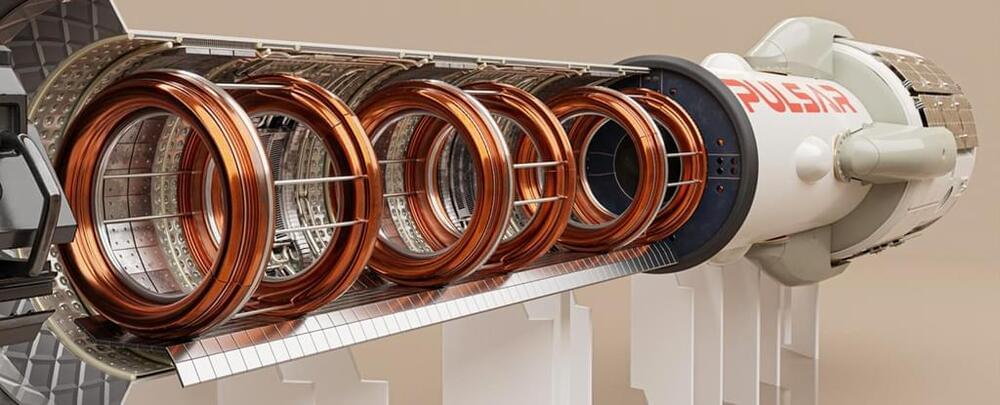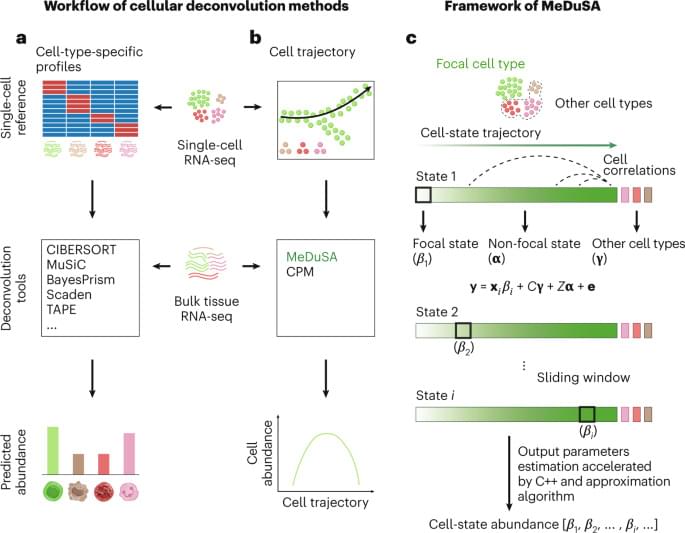Patreon: https://www.patreon.com/seanmcarroll.
Blog post with audio player, show notes, and transcript: https://www.preposterousuniverse.com/podcast/2023/05/15/236-…al-theory/
Is there a multiverse, and if so, how should we think of ourselves within it? In many modern cosmological models, the universe includes more than one realm, with possibly different laws of physics, and these realms may or may not include intelligent observers. There is a longstanding puzzle about how, in such a scenario, we should calculate what we, as presumably intelligent observers ourselves, should expect to see. Today’s guest, Thomas Hertog, is a physicist and longstanding collaborator of Stephen Hawking. They worked together (often with James Hartle) to address these questions, and the work is still ongoing.
Thomas Hertog received his Ph.D. in physics from Cambridge University. He is currently a professor of theoretical physics at KU Leuven. His new book is On the Origin of Time: Stephen Hawking’s Final Theory.
Mindscape Podcast playlist: https://www.youtube.com/playlist?list=PLrxfgDEc2NxY_fRExpDXr87tzRbPCaA5x.
Sean Carroll channel: https://www.youtube.com/c/seancarroll.
#podcast #ideas #science #philosophy #culture







